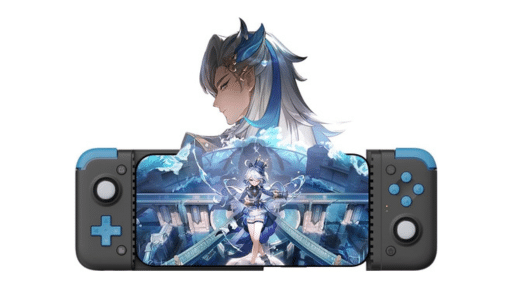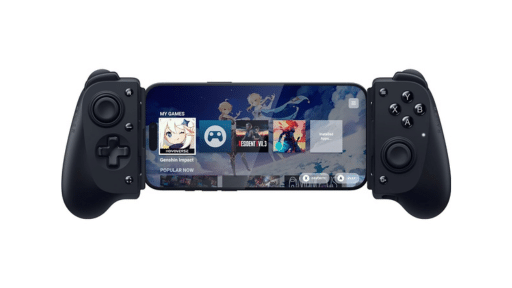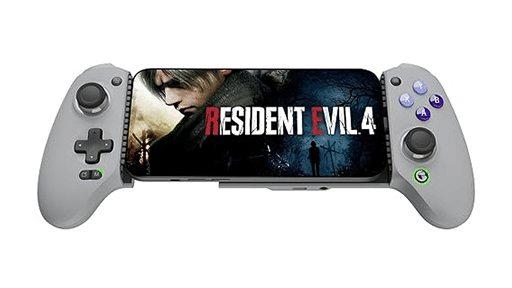Sucker Punch is a fascinating studio. Their first game for Sony was Sly Cooper and the Thievius Racoonus, a cel-shaded platformer with a family friendly angle like Jak and Daxter or Ratchet and Clank. They made two more kid-friendly Sly games before starting over fresh with a mature angle on superheroes with inFamous (this was years before Marvel Universe came into full swing). They continued to make three more of those games before moving on to what would become their greatest work, Ghost of Tsushima.
I go through their history because it illustrates how far out of left field this game was. When Ghost of Tsushima gameplay was shown at E3 2018 it landed, for me, with a resounding and awkward thud.Sucker Punch had been quiet for four long years up to this point. The studio that made open-world platformers now emerged from the shadows with some kind of hybrid between Tenchu and Soul Calibur. Sucker Punch was always a studio that combined dynamic combat with 3D platforming, but his new game seemed to take out the platforming entirely. I hated it.
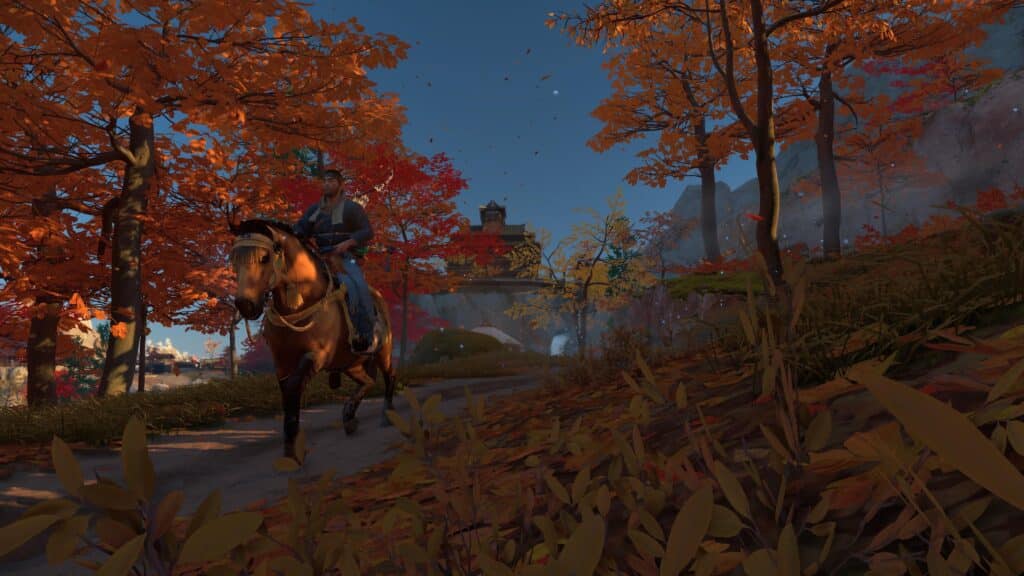
I ignored the game for two years, ignoring the excellent review scores and follow-up DLC months later, directing my attention instead to the imminent PS5. In early 2022 I ended up buying it on a whim when my friend expressed interest. After hearing his pitch, I decided to finally jump in too. How glad I am that I did.
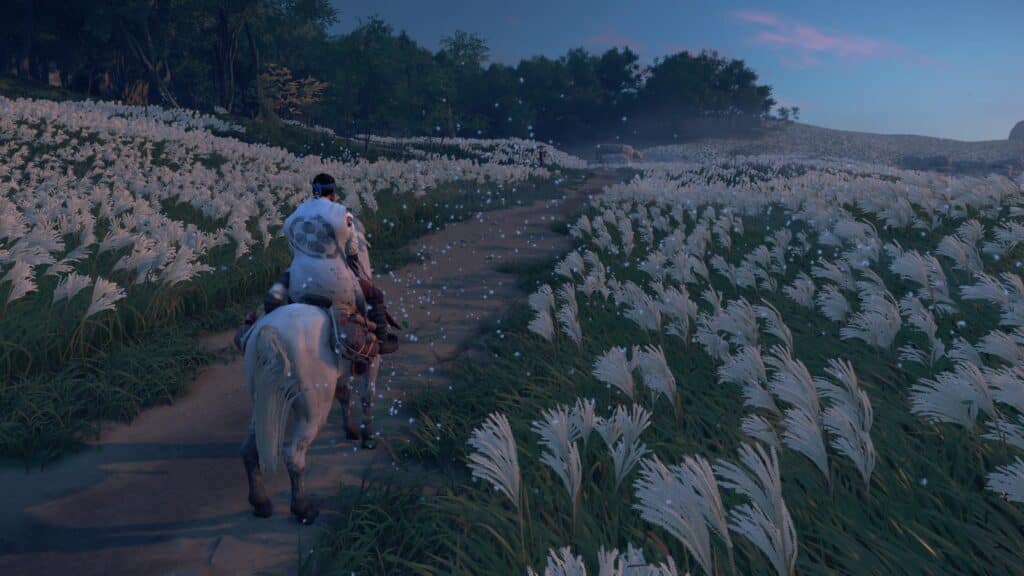
The game takes place in a fictional 1274 A.D. The Mongols truly did invade Japan at that time, but the unfolding of the events here is fiction. Still, this fiction is both convincing and captivating. Tsushima island is filled with interesting characters, gorgeous locales, and incredibly unique side-quests. As you journey across the island, you’ll see Japan in all four seasons along with dynamic varieties of weather that include storms and fog. The changes in weather are gorgeous to see in real-time, but the game’s photography mode gives you a surprising amount of control over it if you’re trying to capture the perfect scene. Even if you aren’t interested in photography, playing specific songs on your flute allows you to change the weather on the fly. When I was getting sick of riding in the rain, I pulled out the flute and the weather turned sunny in seconds.
Small touches like this aren’t necessary to make a great game, yet the experience is made up by examples like this time and again. One of the secondary activities you will find scattered throughout the map is locations for the main character, Jin, to sit down and reflect on his experiences. When Jin sees a waterfall, he may reflect on the passage of time and begin writing a haiku. The screen will fill with suggestions that relate to this idea and the player selects the lines of poetry that best harmonize with this theme. There’s no score here, no losing and no winning. It’s authentic reflection and poetry for the mere sake of it. Your reward for completing these is always a cosmetic item that has no bearing on your gameplay or character stats.

Another set of side activities has you following a little fox toward a well-hidden shrine in the wilderness. Once you reach the shrine, Jin will pay his respects to the Japanese god, Inari. Following the fox is hardly challenging and nothing else happens at any of these shrines. But I suspect their inclusion insists on meditating on the experience of the game, rather than simply playing it. Other activities involve bathing in hot springs and reflecting on events that have happened in the story up to that point, with Jin offering a quip about a character or a memory.
At a glance it can seem dreadfully boring, but I can’t help but respect that the developers insisted on making these activities a major part of the game. It speaks to the idea of Ghost being as much of an experience as it is a game and asks you to put aside violence and quietly reflect for a few short moments. It’s a ballsy design decision, to be so convinced that your action game about slaughtering hundreds of invading mongols can somehow speak about the turmoil of inner thoughts and personal conflict. Yet it does. And Sucker Punch should be applauded for it. I personally enjoyed the haikus and the simple little platforming that the Inari shrines presented. As intense as the action is, having a respite between combat sequences beautifully balances the experience of the game and makes long play sessions far more palatable.
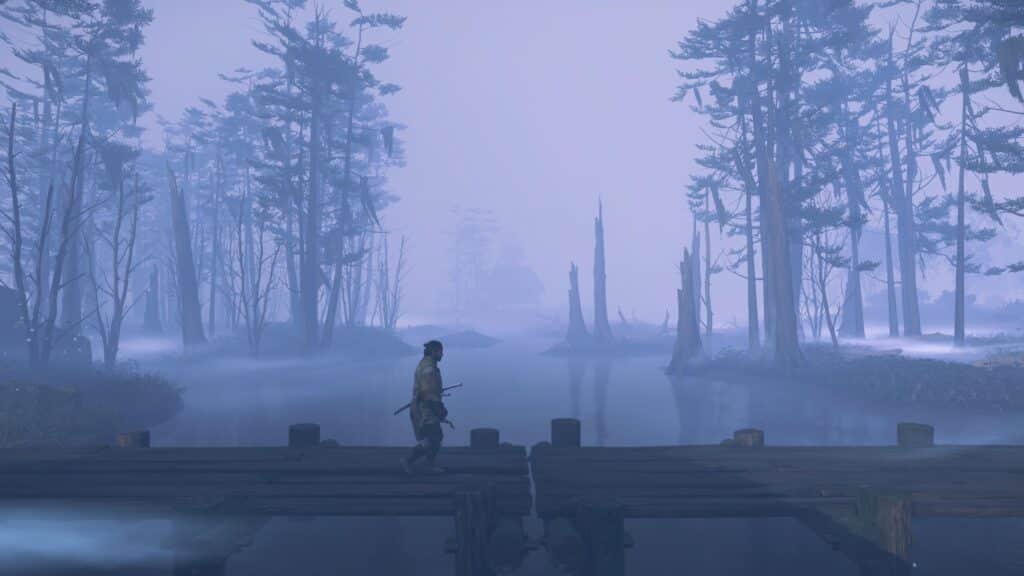
Speaking of action, most encounters are going to set Jin against a group of mongols that will be carrying every mongolian weapon imaginable. How Jin attacks each enemy will depend on the weapon they’re using and you’ll need to adjust his sword stance (R2) to most effectively combat them. Each enemy will be weak to a particular stance depending on the weapon they’re carrying. It can sound complicated, but the game introduces stances slowly over several hours, easing you into the idea of managing the different sword styles available to you. In the second half of the game you’ll have Jin’s entire arsenal at your disposal and you’ll have a tremendous variety of options for disposing of your enemies. I could write a three-hour essay on how enjoyable the combat is, but I’ll shorten it by saying this is my favorite melee combat in an action game ever.
Since its release I’ve been able to read and watch dozens of reviews on the game. A lot of folks seem to be down on the stealth mechanics, touting bad AI and unfair circumstances. I honestly don’t see it. I’m not trying to defend the game, as I don’t feel it needs a defense. Even if the stealth here was garbage, this would still be a top-tier game. But I actually loved the stealth mechanics. I thought the AI was reasonably difficult, by predictably being attracted to a distraction that I planted, but also having enough brains to be looking out for me when something didn’t feel right. The camps and bases that Jin sneaks around in are often quite cramped, making enemy placement cluttered at times. If you want to be stealthy, you’ll need to cleverly draw them away from each other and use your arrows, kunai, smoke bombs, and fire crackers effectively.
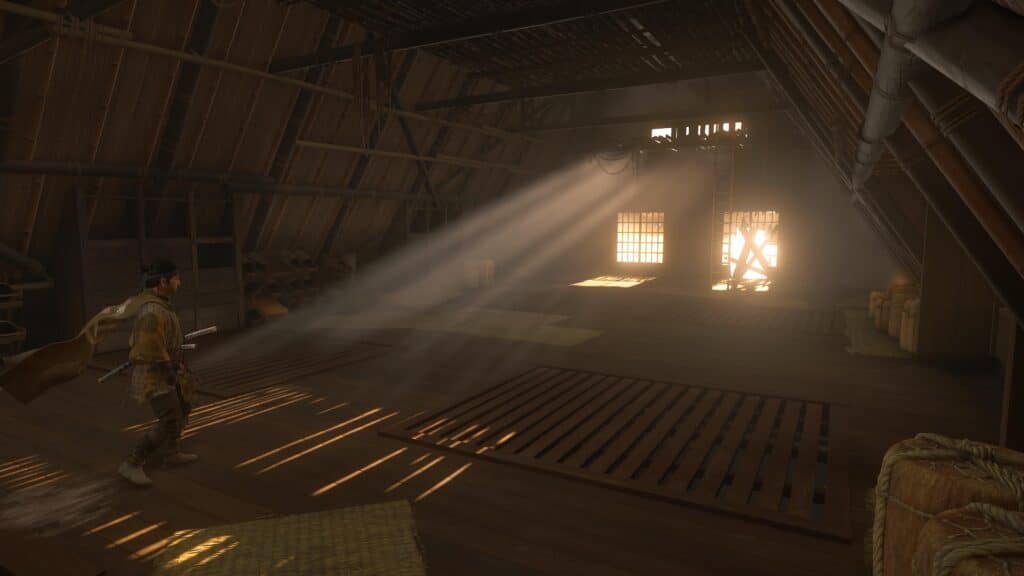
There’s a lot of different items for Jin to use, but I only found myself using most of them when I was trying to be stealthy. Most of the items are extremely effective in combat, but I found the majority of my scuffles to be perfectly manageable without them. That’s not a complaint as much as an observation. If I began to be overwhelmed by my enemies, throwing a single sticky bomb would often disarm them enough to return the battle in my favor. Scuffles generally don’t last longer than a minute or two, as most enemies are dispatched in 3-4 hits. The tempo is particularly nice for story missions, which is where this game really outshines its contemporaries.
Ghost of Tsushima’s story mostly follows Jin’s tale of rescuing his island home from the invaders, but he is aided by a small cast of allies that he needs to help through his journey in order to earn their cooperation. These stories lightly follow the template of Grand Theft Auto or Red Dead Redemption games but they differ in how deep and relatable and human the stories are. Each character throughout the story wrestles with the same moral struggle that Jin does between upholding the values of their people in the midst of war, and compromising their beliefs in order to survive. Each character wrestles with this in their own way and I found it so interesting watching them hold each other accountable in some scenes but then make compromises in others. It is so realistic that each character was ultimately trying to be good, but struggled with their own hypocrisy at almost every crossroad.
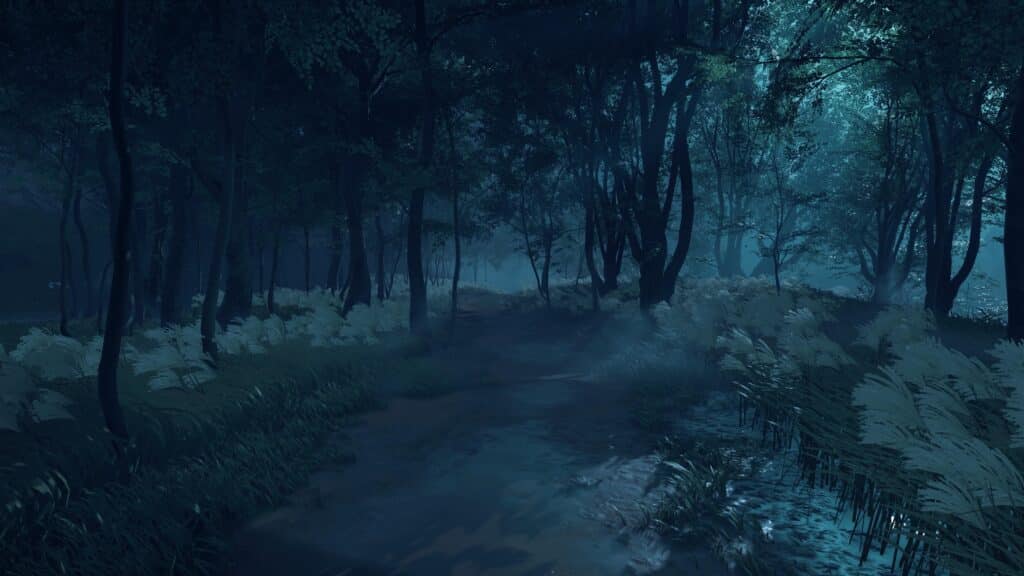
Ghosts side-quests all play with these themes, and each mission further serves these micro-stories. I can only think of a few missions that actually felt like they were filler; most of them move the story along beautifully and follow a nice cadence between new twists. By the end of the game, you’ll have concluded the stories of a half dozen other characters that all bring a unique perspective to the struggle of war. Each story in here is satisfying, especially the story of our main character, Jin. Without spoilers, Ghost of Tsushima succeeds at completely wrapping up its own story and yet leaving just enough room to justify a potential sequel.
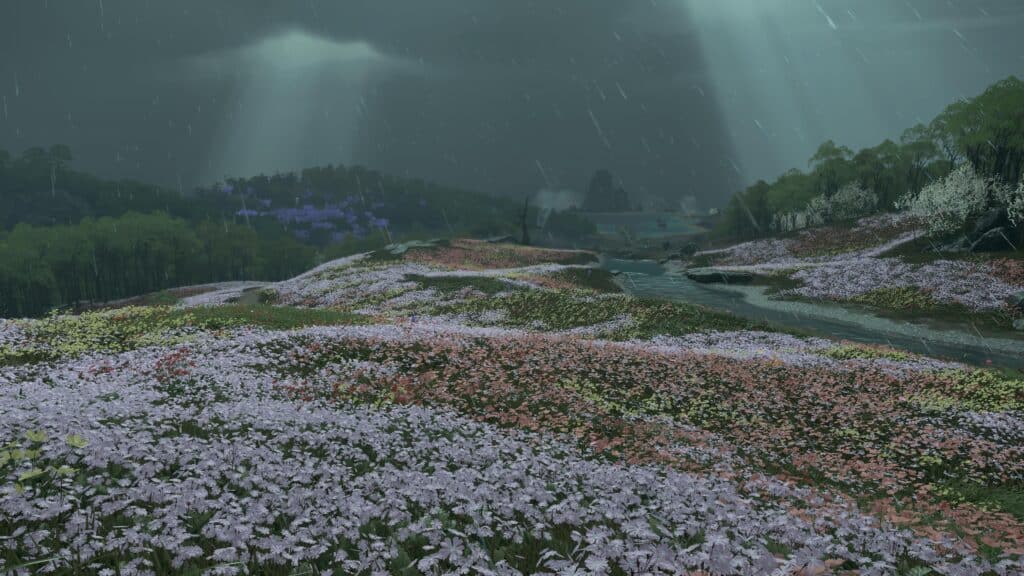
When you play on cloud, Ghost will run on native PS4 hardware. The game miraculously has almost no loading screens, so jumping in is quick. However, be warned that you’ll be playing at 1080p and 30 FPS. For most players in the cloud, this won’t be any trouble. But if you’ve been spoiled by the frame rates in GeforceNow then the performance here may be an issue. In fairness, that’s more of a problem with PlayStation’s streaming service than the game, as Ghost runs at 60 fps on PS5.
Ghost of Tsushima was the perfect game to wrap up the seminal PlayStation 4 generation. Two years removed from its initial release, its place as a pillar of PlayStation excellence is clear. Sucker Punch is bound to this tale now. To move on to any other project would be to betray the incredible potential of its story. This is a masterpiece of a game and perhaps my favorite PlayStation exclusive franchise.
Ghosts of Tsushima
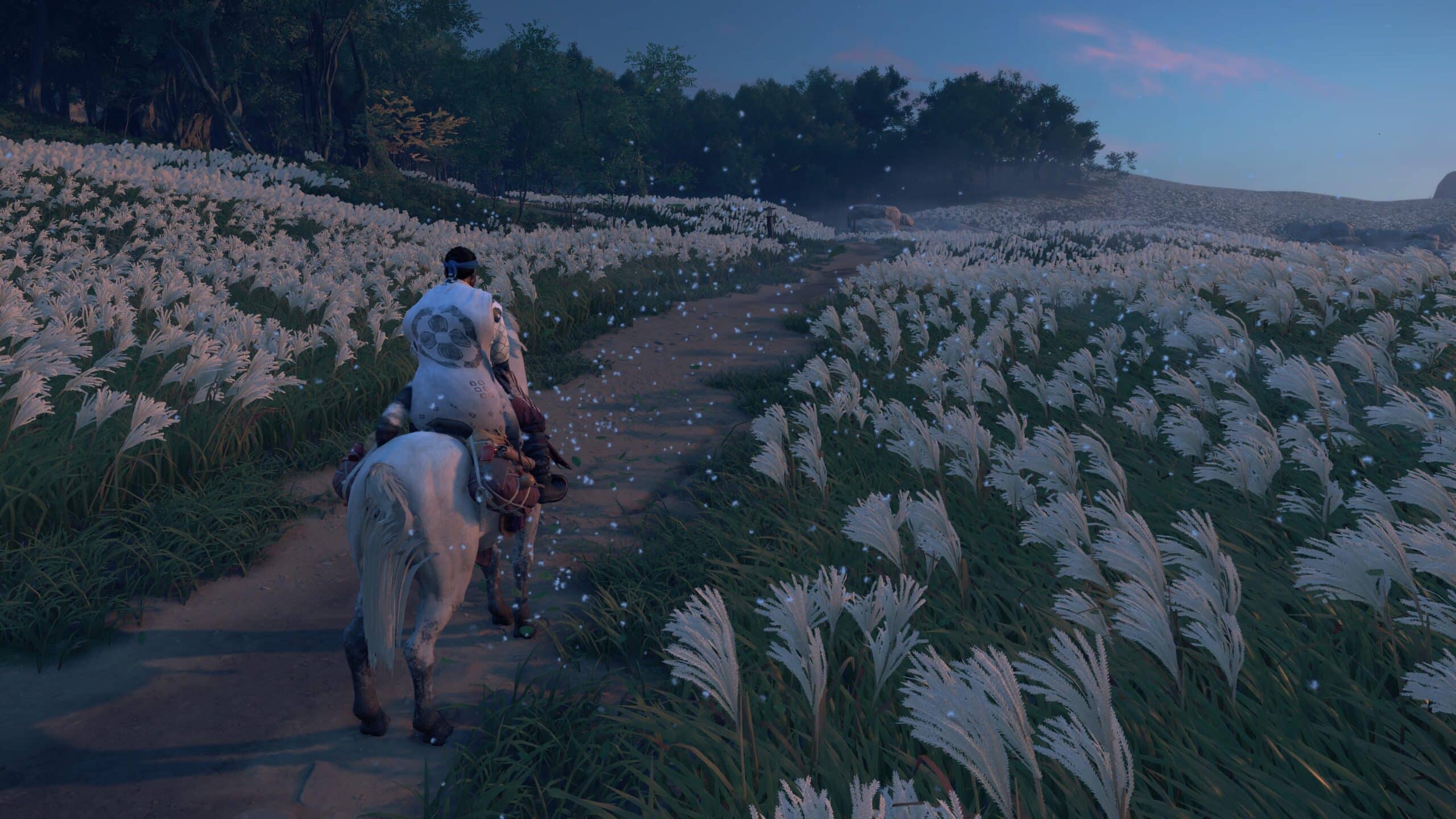
Summary
Ghost of Tsushima is one of the standouts on Playstation Plus. With a fantastic story with plenty of open world variety, it will be remembered as one of Playstation’s all-time greats

